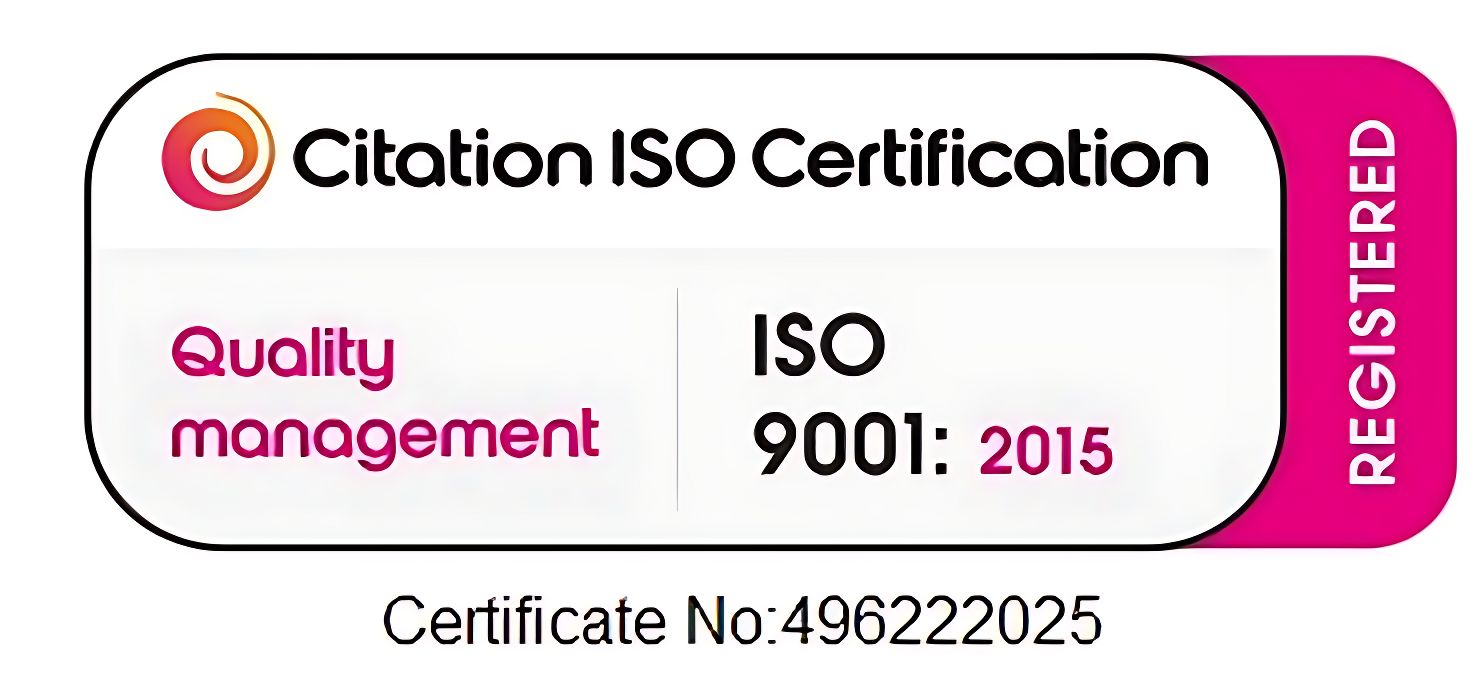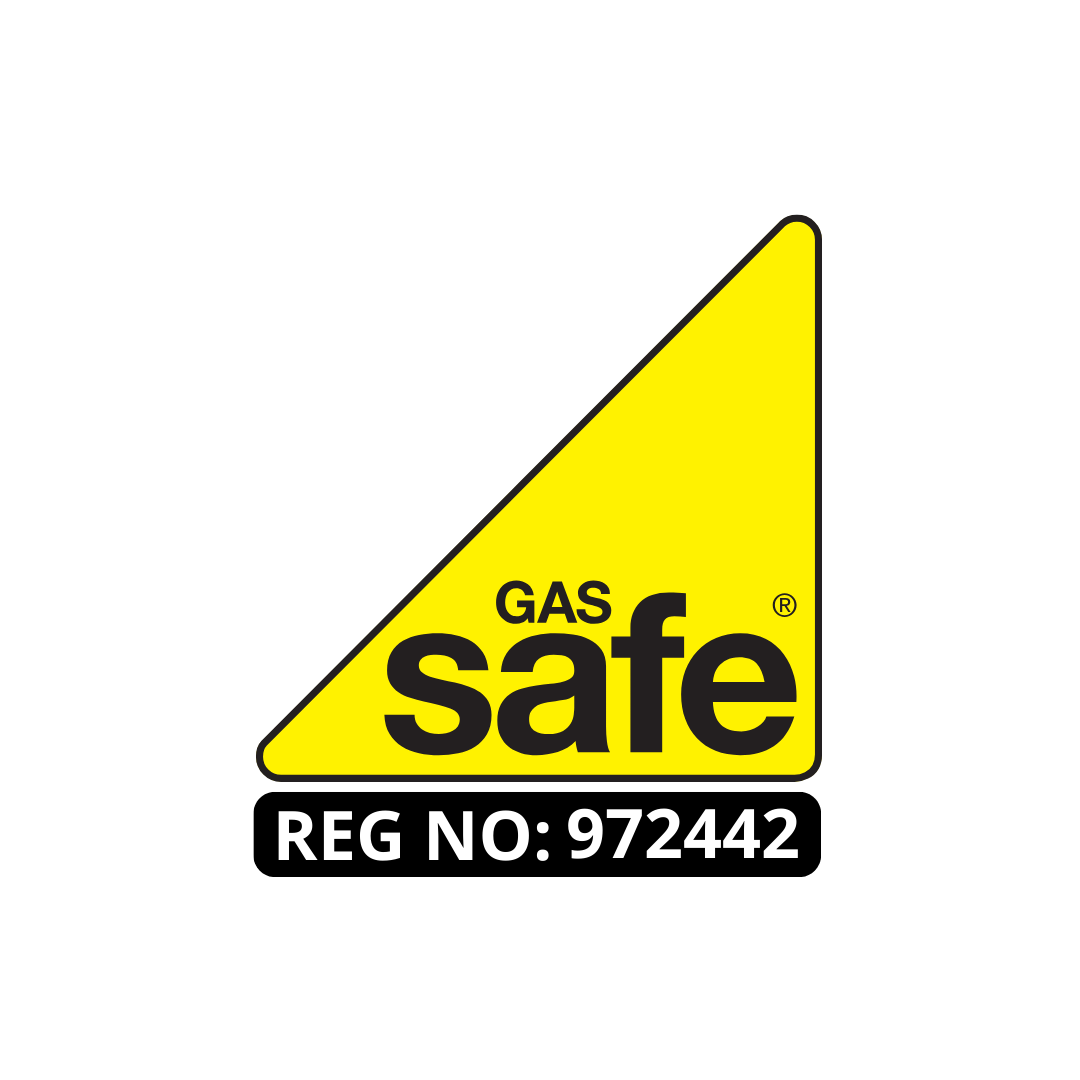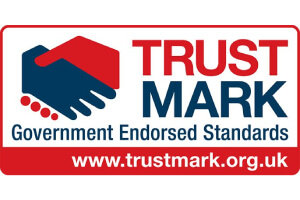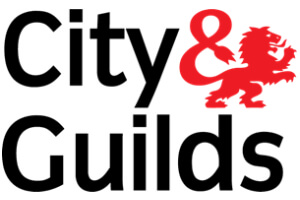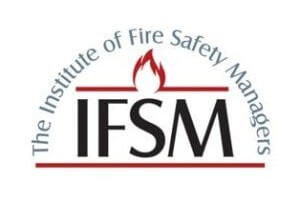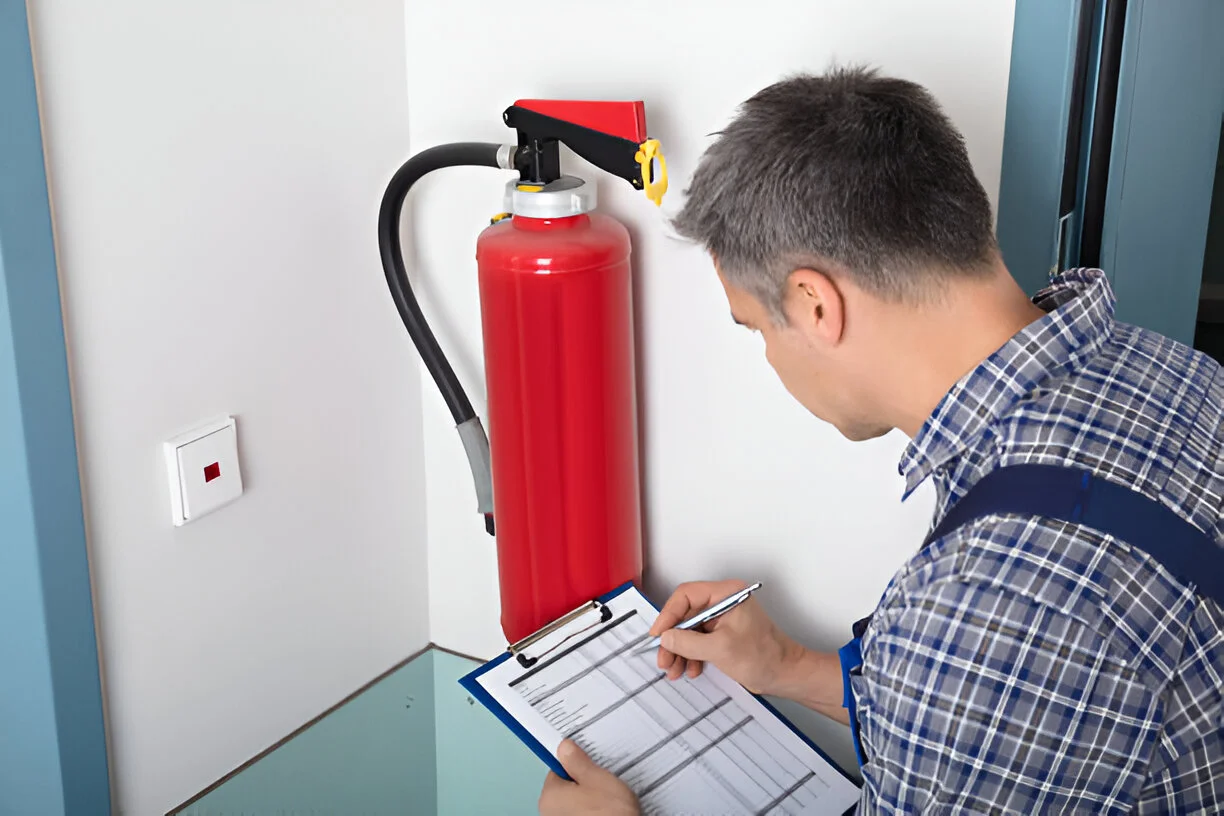
Assessing fire risk is an essential process that protects both properties and people. It entails identifying and assessing fire risks and implementing effective safety measures. Recognising the steps of fire risk assessment is necessary for businesses to ensure compliance and boost safety. However, many overlook imperative elements, which can have serious consequences. Examining these steps of fire risk assessment highlights not only the importance of thorough assessments but also the possible pitfalls that can arise from neglect.
Main Points
- Spot unsafe conditions on your property, such as sources of ignition, fuel, and oxygen.
- Recognise individuals who are at risk, including children, older people, and those with disabilities.
- Assess and manage identified fire risks by putting in place suitable safety measures such as alarms and sprinklers.
- Record the findings, develop an action plan, and prepare an emergency response plan for the occupants.
- Regularly review and update the fire risk assessment to keep up with changes and maintain ongoing safety compliance.
What is a Fire Risk Assessment and Why Does It Matter?
Fire risk assessment is a precise examination of possible risks within a property to determine threats and implement measures to prevent fire incidents. This assessment involves a thorough examination of the premises, including the identification of sources of ignition, fuel, and oxygen that can contribute to fire outbreaks.
Additionally, it evaluates the effectiveness of existing safety measures, such as fire alarms, sprinkler systems, and escape routes.
Understanding the steps of fire risk assessment process is essential for maintaining safety standards. By pinpointing vulnerabilities, property owners can take steps to alleviate risks, ensuring the safety of occupants and protecting assets.
Furthermore, fulfilling legal requirements and insurance obligations usually relies on conducting regular assessments. Ultimately, a comprehensive fire risk assessment safeguards lives, protects property, and prevents financial losses from fire-related incidents.
Understanding the steps of fire risk assessment is essential for every business.
Understanding the steps of fire risk assessment is essential for every business, as it lays the groundwork for effective safety management. By finding fire dangers, companies can develop strategies to reduce risks and enhance the safety of employees and assets.
A thorough understanding of these steps of fire risk assessment enables organisations to prioritise safety measures based on identified vulnerabilities, ensuring that resources are allocated efficiently. Moreover, this knowledge promotes safety, encouraging employees to remain vigilant and proactive in fire prevention efforts.
Awareness of fire risks also empowers businesses to create and implement emergency response plans, ensuring swift action in case of an incident. Ultimately, comprehending fire risk assessment steps is not just about compliance; it is about developing a safer work environment.
Legal Duties and Compliance Linked to Fire Risk Assessments in the UK
While fire risk assessments are essential for safeguarding lives and property, they are also framed by a web of legal duties and compliance requirements in the UK.
Under the Regulatory Reform (Fire Safety) Order 2005, all non-domestic premises must carry out regular fire risk assessments to identify and minimise risks. This law puts the onus on employers, landlords, and owners to ensure the safety of their employees and visitors.
Non-compliance can lead to severe penalties, such as fines and imprisonment.
Additionally, the Health and Safety at Work Act 1974 further emphasises the duty of care, requiring organisations to provide a safe working environment.
Specific sectors, like healthcare and education, may have additional regulations that require tailored assessments.
As a result, it’s fundamental for businesses to grasp these legal frameworks, not only to safeguard lives but also to ensure compliance with the law, promoting safety and accountability.
The Five Key Steps of Fire Risk Assessment Explained
The five key steps of fire risk assessment encompass discovering risks, recognising individuals at risk, and implementing measures to lessen these dangers.
Additionally, documenting findings and preparing an emergency plan with appropriate training guarantees a thorough fire risk management strategy.
Spotting Fire Risks in Your Premises
The first step of the fire risk assessment begins with a thorough determination of fire dangers within a premises, as recognising these risks is essential for ensuring safety.
Property owners should systematically examine various areas, including electrical systems, heating equipment, and flammable materials. Common fire risks may include overloaded electrical outlets, improper storage of combustible substances, and blocked fire exits.
Additionally, attention should be given to the condition of fire safety equipment, such as extinguishers and alarms, ensuring they are functional and easily accessible. Regular inspections and maintenance are integral to reducing these risks.
Recognising People at Risk from Fire
Recognising individuals at risk from fire is an essential steps of fire risk assessment process, as it allows property owners and safety managers to implement targeted safety measures.
Identifying vulnerable populations guarantees that adequate precautions are taken to protect everyone on the premises. Key groups to take into account include:
- Children: Often unable to respond quickly to fire alarms, they require special escape plans.
- Elderly Individuals: May have mobility issues that hinder their ability to evacuate swiftly.
- Disabled Persons: Require tailored assistance and accessible routes to guarantee safe evacuation during a fire emergency.
Examining, Removing, and Reducing Fire Risks
A thorough examination of fire risks is essential for ensuring safety in any property. This process involves discovering unsecure situations, evaluating their severity, and implementing measures to eliminate or mitigate them. Effective strategies include removing combustible materials, ensuring proper storage of flammable substances, and maintaining clear escape routes.
| Fire Risk | Examination Method | Reduction Strategy |
| Electrical wiring | Visual inspection | Regular maintenance |
| Flammable liquids | Inventory evaluation | Proper storage |
| Blocked exits | Walkthrough inspection | Clear pathways |
| Heating equipment | Safety checks | Install fire guards |
Recording Your Findings and Creating an Action Plan
Carrying out a fire risk assessment involves thoroughly documenting findings and developing a comprehensive action plan. This essential step ensures that identified risks are appropriately recorded and tackled in a structured way. A well-structured action plan enhances fire safety and preparedness for all occupants.
Key components of an effective action plan include:
- Prioritisation of Risks: Assess which threats require immediate attention and which can be addressed over time.
- Assigning Responsibilities: Designate individuals or teams accountable for implementing specific safety measures.
- Timeline for Implementation: Establish a clear timeline for addressing each risk, guaranteeing timely corrections to enhance safety.
Preparing an Emergency Plan and Providing Training
Assessing fire risks, preparing a contingency plan, and delivering training are significant aspects of fire risk assessment that ensure people are ready to respond effectively in case of a fire. An emergency plan should outline evacuation routes, assembly points, and communication strategies. Regular training sessions ensure that all individuals understand their roles and responsibilities during a fire incident.
| Training Element | Description |
| Evacuation Procedures | Clear routes and exits to follow |
| Assembly Points | Designate safe areas to gather. |
| Communication Protocols | Methods for reporting and alerting |
| Fire Extinguisher Use | Instruction on proper usage techniques |
| Drills and Simulations | Regular practice to reinforce learning |
Reviewing and Updating the Fire Risk Assessment Regularly
Effective fire risk management does not end with the development of an emergency plan and training. Regularly reviewing and updating the fire risk assessment is essential to guarantee ongoing safety and compliance with regulations.
This process helps identify new risks and assess the effectiveness of existing measures.
Key considerations for regular reviews include:
- Changes in the Environment: Assess any modifications in the physical space or surroundings that could increase fire risk.
- Updates in Legislation: Stay informed about new fire safety regulations that may affect safety protocols.
- Feedback from Drills and Incidents: Use insights from fire drills and actual incidents to refine risk assessments and response strategies.
Common Mistakes to Avoid When Carrying Out the Steps of Fire Risk Assessments
What pitfalls should one be aware of when conducting fire risk assessments? A frequent error is not involving all relevant personnel, which can result in incomplete data and missed threats.
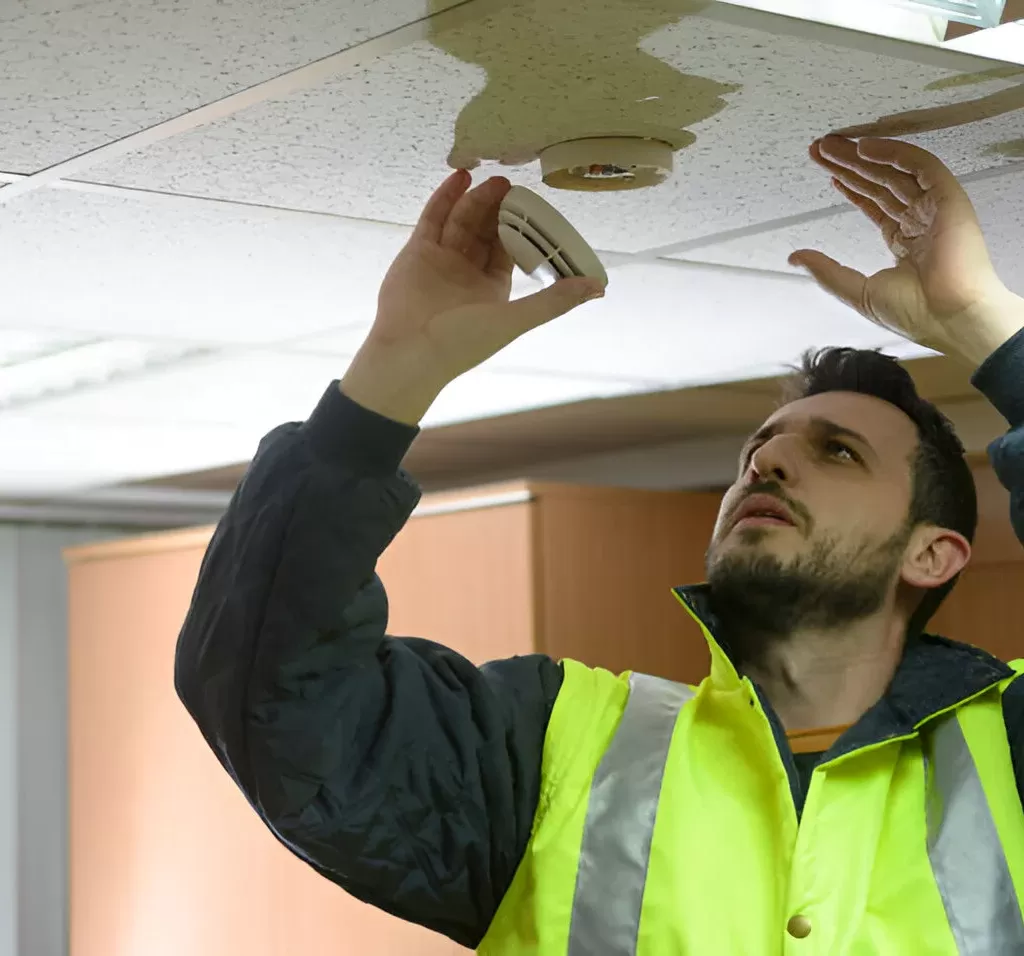
Another frequent error is neglecting to assess changes in the property or operations, which may introduce new risks.
Additionally, overly relying on outdated assessments can create a false sense of security.
Assessors must also avoid vague language; clear, specific terms are essential for effective communication of risks and required actions.
Ignoring the importance of documentation is another critical oversight, as thorough records are crucial for compliance and future evaluations.
Finally, not prioritising identified risks can result in inadequate protection measures, leaving individuals and property vulnerable.
The Role of Employees in Supporting Fire Risk Assessments
Employees play an essential role in supporting fire risk assessments, as their firsthand knowledge of the workplace can provide invaluable insights into possible risks.
Their active participation not only enriches the assessment process but also develops safety within the organisation.
Here are three key ways employees contribute:
- Discovering risks: Employees are often the first to notice unsafe conditions or practices, making their input necessary in recognising potential fire risks.
- Providing Feedback: They can offer valuable feedback on existing safety measures, highlighting areas that may need improvement or adjustment.
- Participating in Training: Engaged employees participate in fire safety training sessions, ensuring they are informed about procedures and protocols, which enhances overall preparedness.
Benefits of Following the Proper Steps of Fire Risk Assessment for Your Business
Following the proper steps of fire risk assessment yields significant benefits for businesses, enhancing safety and compliance while minimising possible consequences. Implementing these procedures increases safety, ensuring that employees are aware of unsafe situations and emergency protocols. This investment not only protects lives but also safeguards property and assets.
| Benefit | Description |
| Enhanced Safety | Reduces the likelihood of fire incidents. |
| Regulatory Compliance | Meets legal obligations and industry standards. |
| Insurance Premium Reduction | May lower insurance costs through demonstrated safety efforts. |
| Increased Employee Morale | Fosters a sense of security among staff. |
The Cost of Neglecting the Steps of Fire Risk Assessment / Risks and Penalties
Neglecting the steps of fire risk assessment can lead to severe consequences for businesses, as the absence of proper safety measures increases the likelihood of devastating incidents.
The repercussions of failing to conduct a thorough fire risk assessment can be substantial and multifaceted.
- Financial Loss: Businesses could face substantial costs due to property damage, stock loss, and potential lawsuits from those affected.
- Regulatory Penalties: Failure to adhere to fire safety regulations may lead to substantial fines and legal proceedings by regulatory authorities.
- Reputation Damage: Incidents stemming from inadequate fire safety measures can severely tarnish a company’s reputation, leading to loss of customer trust and business opportunities.
Industry-Specific Considerations in Fire Risk Assessments
Fire risk assessments must be customised to the particular needs and hazards of various industries to ensure comprehensive safety measures. Each sector presents unique challenges; for example, manufacturing facilities may handle flammable materials and require stringent controls.
In contrast, healthcare settings may focus on protecting vulnerable populations and maintaining clear evacuation routes. Retail environments might prioritise fire prevention in high-traffic areas, where crowd management is essential.
Additionally, food service establishments must address risks associated with cooking equipment and grease accumulation. Construction sites encounter extra challenges because of temporary structures and ongoing activities, which can heighten fire risks.
The assessment process should consider industry regulations and standards, ensuring compliance while addressing specific risks.
The Role of Employees in Supporting Fire Risk Assessments
Employees consistently play an essential role in supporting fire risk assessments within their organisations. Their involvement not only enhances safety but also promotes awareness and preparedness.
Key contributions from employees include:
- Recognising dangers: Employees are often the first to notice possible fire risks in their work environment, offering valuable insights to assess risks effectively.
- Participating in Training: Engaging in fire safety training enables employees to understand procedures and practices, ensuring they are well-equipped to respond in case of an emergency.
- Reporting Issues: An innovative method of reporting safety concerns allows organisations to address vulnerabilities promptly, minimising the risk of fire incidents.
Frequently Asked Questions
What are the primary steps in a fire risk assessment?
The main steps of a fire risk assessment involve identifying fire hazards, assessing who might be at risk, evaluating and minimising risks, recording your findings, preparing an emergency plan with training, and reviewing the assessment regularly.
Why is it significant to follow the steps outlined in a fire risk assessment?
Following these steps guarantees a safer environment, ensures legal compliance, minimises fire risks, and protects both people and property. Omitting steps can create gaps in safety and adherence.
How frequently should I review the steps of a fire risk assessment?
It’s essential to conduct a review at least once a year, or sooner if there are any changes to the building, staff, or how the premises are used. Regular updates ensure the assessment stays accurate and effective.
Who is in charge of carrying out a fire risk assessment?
Responsibility typically lies with the “responsible person”, such as the employer, landlord, or building manager. They can conduct the assessment themselves if competent, or they can appoint a qualified fire safety professional.
Can I conduct a fire risk assessment on my own?
Yes, if you understand the process and feel confident in identifying risks. However, for complex or high-risk buildings, it’s strongly recommended that you hire a professional assessor.
Conclusion
To sum up, conducting steps of fire risk assessment fire risk assessments is essential for protecting both people and property. By following the outlined steps, businesses can pinpoint risks, meet their legal obligations, and create a safer workplace. Regular reviews and employee involvement can further strengthen safety measures. On the other hand, neglecting these assessments can have serious consequences. Prioritising fire risk assessments not only safeguards assets but also promotes safety and awareness within the organisation.
About the Author: LandlordCertificate
Related Posts
Get Social
Recent Posts
- The Role of Fire Alarm Installation in Building Safety
- How Often Should a Fire Risk Assessment Be Reviewed?
- What must landlords get right for Fire Risk Assessment London compliance?
- UK Gas Safety Regulations for Landlords & Tenants: Introduction to Gas Safety Certificates
- Check If Your Gas Engineer is Registered: London Gas Safety Certificate London







